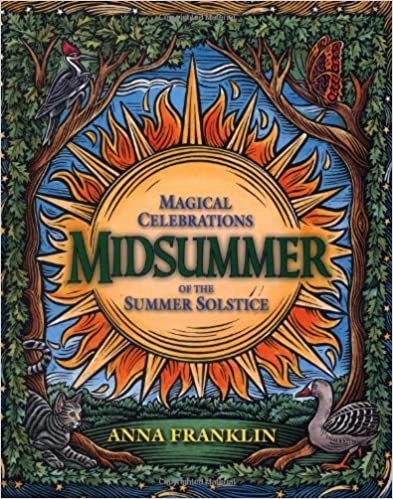
The cold, dark days of winter and blight are far away, and the time of light and warmth, summer and growth, are here. We naturally feel more joyful and want to spend more time in the open air. The crops are planted and growing nicely, and the young animals have been born. … Midsummer is a natural time of celebration.
The festival is actually the observance of the summer solstice. There are two solstices annually The summer solstice is the longest day of the year and falls around June 21 in the Northern Hemisphere and around December 21 in the Southern Hemisphere. The winter solstice is the shortest day of the year and falls around December 21 in the Northern Hemisphere and around June 21 in the Southern Hemisphere. The other two solar festivals are the equinoxes.
At the spring equinox, day and night are of equal length, but the light is gaining; the days are getting longer. Then at the summer solstice, the sun is at the height of its power on the longest day of the year. At the autumn equinox, day and night are again of equal length, but the dark is gaining; the days are getting shorter, At the winter solstice, the sun is at its weakest on the shortest day of the year.
